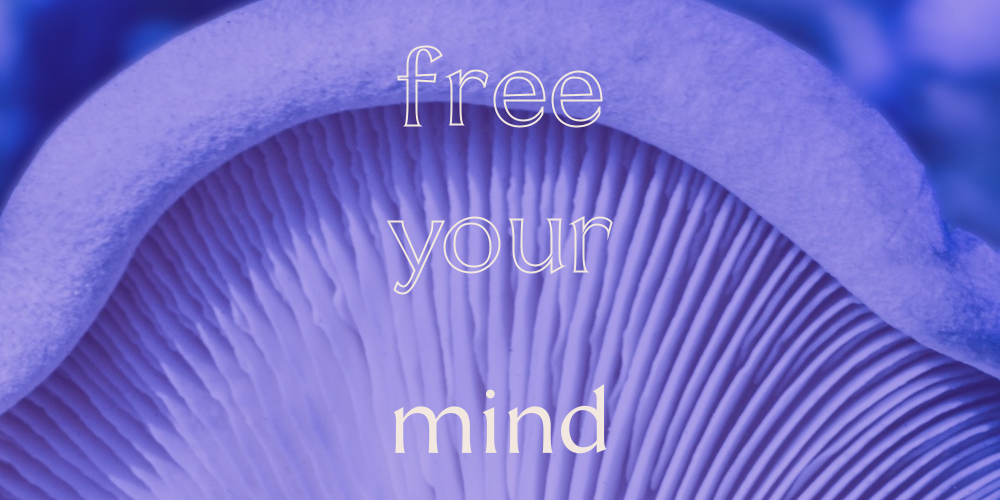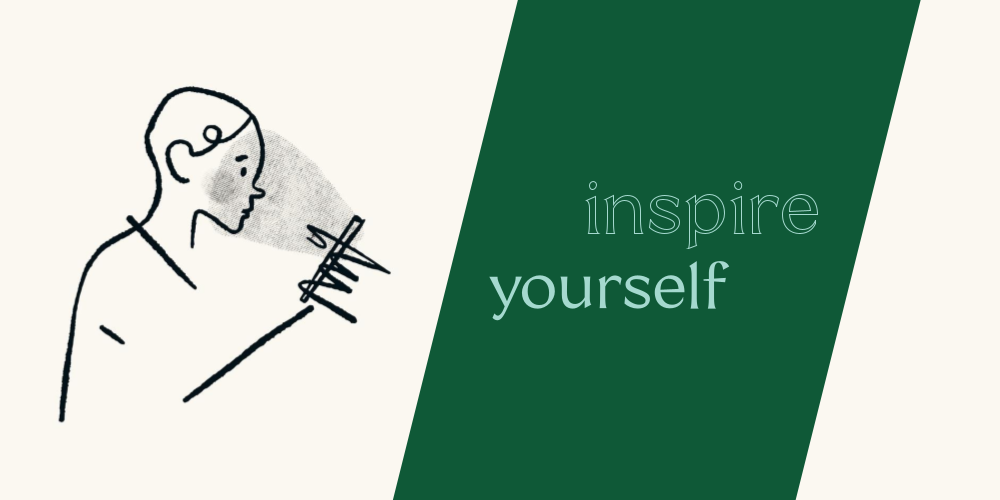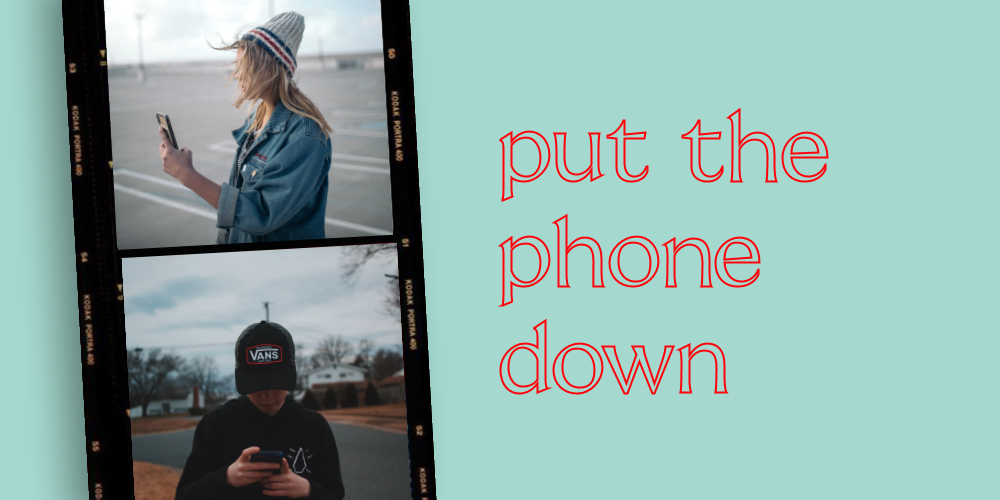
How to prevent creative burnout
Creative work is admirable to a lot of people. It often doesn’t feel like work. There is a lot of flexibility. Brainstorming is energetic. There is nothing else quite like it. Yet, late-nights, over-work and the hustle fuel a culture of burnout. There is now a growing focus on supporting the mental health of individuals. So, how can creative companies adapt to foster burnout-free work environments?
The creative industry is notorious for its overwork as a badge of honor. Tirelessly working away on a project is part of the job. Pulling all-nighters or weekend work is the norm and seen as a necessary evil to come up with winning ideas. It is like a rite of passage. You either have what it takes to survive where ideas are currency or you don’t. Despite the cultural acceptance of overwork in creative companies, the topic of burnout is now discussed more. Supporting mental health needs is becoming less taboo. Yet, there is still a long way to go to bring this conversation to creative work.
Burnout isn’t regular stress or tiredness. It is a specific kind of stress and exhaustion relating to work. It isn’t hyperbole either. The World Health Organization categorizes it as an official medical diagnosis.
“Burnout is a syndrome conceptualized as resulting from chronic workplace stress that has not been successfully managed. It is characterised by three dimensions: 1) feelings of energy depletion or exhaustion; 2) increased mental distance from one’s job; and 3) a sense of ineffectiveness and lack of accomplishment” — source
Contributing to a culture of overwork are hectic schedules, pressure from clients, competition, and ineffective project management. That pressure and sustained stress create a sense of exhaustion that is not easily satiated. The smallest errands or tasks become too challenging to complete. It is the feeling that you can’t quite do anymore. Then you push beyond that. This all has consequences for one’s health. Effects can include insomnia, pain, headaches, and heart disease. If talent is a business driver, protecting teams from burnout is a priority.
Establishing norms and healthy habits is a great first step. Openly discussing practices that improve workflows creates a culture that prioritizes balance. There are ways projects can be more efficient. Meetings better managed. Scheduling more flexible. These efforts result in a balanced approach to work and life. This is a win-win scenario. When projects are more efficient, teams are able to focus on what matters.
How burnout happens for creatives
It is easy to understand why creative people can be subject to burnout. The work doesn’t seem to have easy to define boundaries. Ideas can come on at any time. Hours spent chasing inspiration. Perfectionism is admirable, yet, take time and care. There is also creative flow; the state of being so absorbed in a task that time seems to disappear. Some of our best work happens when we’re in a flow state. Yet, that is hard to schedule and difficult to keep to a 9-5 routine.
There is also the hustle culture of creative industries. A common saying is that you don’t get into this kind of work if you expect to work a 9-5 routine. To get ahead in the industry it takes hard work and long hours. Every meeting or conversation becomes a career-progressing moment. The stakes are always higher. Glamorizing the hustle can set an unrealistic standard perpetuating burnout culture. This takes an eventual toll on healthy routines and habits. Even so much as eating a quick lunch in front of a computer helps the work, but it doesn’t help balance. We focus on the work over balance.
Despite this, a creative career is not an automatic prescription for burnout. It is possible to continue to have flow, to hustle and fit in without compromising your priorities. There are things you can do to counter the effects of burnout without sacrificing your craft. For creative leaders, there are practices you can adopt to create a burnout-free environment.
Personal tips for preventing burnout
Do nothing
This might be the last thing you have on your list if you’re on the brink of burnout. Yet, that is exactly why it is at the top of our list. When facing burnout your tasks seem endless. Even the smallest tasks or errands feel insurmountable. That is why it is so important to take a break. Taking a break from the to-do lists, the errands, the demands of others, the churn and even from social media is essential to help prevent burnout. The added bonus is that taking regular breaks promotes divergent thinking. A vital part of the creative process. See? win-win.
Sleep
They say sleep is cumulative. So, if you’re stuck on a problem and staying up late trying to solve it make sure you’re also factoring in a nap when needed. Even a little longer sleep the next night is helpful. We get it, sometimes you’re in a groove and staying up to get it done feels right in the moment. There is no harm in that. Though taking the time to find balance, later on, pays off.
Hustle and dip
There are always moments in work when a project needs that extra push. Whether it’s late nights or work on the weekends for a couple of weeks, we’ve all been there. It can mean a lot to the company to show that you’re a team player willing to roll up your sleeves. When an opportunity arrives to take a long lunch, for example, take it. You’ve been hustling, and you may need some flexibility to catch up with life. Taking that opportunity where you can has a surprising balancing effect.
Self-compassion
This is a common piece of advice, but an important one to repeat. Be patient with yourself. It’s ok not to be ok. As a creative person, your schedule may not be so predictable. That might be an enjoyable part of the job. It also will mean that it is difficult to have a regular routine and stick to it. This is where self-compassion helps. If you’re on set with a long shoot schedule it may be hard to eat the best or get to healthy habits. This doesn’t have to mean that all hope is lost. It does mean finding ways to have good-for-you moments in those scenarios. For example, if having a healthy lunch fills your battery, but you’re often at the whim of a caterer, then plan ahead. Pack a lunch or look up delivery options near the location.
Tips for fostering a burnout-free work culture
Don’t time-off shame
Time off is critical for anyone and it is especially important for the creative process. Downtime makes us more creative. In creative work cultures, it can seem like there is never a good time to take time off. Our words and actions perpetuate the culture we want to cultivate. When an employee makes a request, it is our responsibility as leaders to hear them free of judgement. That means guarding our first reactions, even if you feel that it may be a large request. Making it comfortable to request time off is the least we can do.
Define boundaries
When you expect your team to respond at any time it becomes hard for anyone to find balance. Our always-on world allows flexibility and freedom to work whenever it works for us. Yet, what works for one person doesn’t work for all. As a creative leader, having open conversations about work-style can take the guesswork out of expectations. For example, working at 10 pm may be the best time for you to catch up on emails, yet, your team may feel the pressure to respond as soon as they receive them. Even though it can wait until business hours. Making clear your work-style alleviates any undue pressure to respond at 10 pm.
Make space to step away
For some, the open office comes with a lot of perks such as a large kitchen, foosball tables and the like. For others, these types of perks are non-existent. Space might be at a premium. The logistical choice might be to focus on desk space over a break room. Yet, if there is no place where your team can step away they end up spending breaks in front of their computers. Further blurring the lines between work and rest. At least, a place to eat lunch will go very far. Sometimes this is not an easy option. Encouraging opportunities to step away from work, such as a walk, is helpful.
Burnout happens to many creatives
This level of exhaustion happens to many creative people. Our always-on working culture coupled with other demands has stressful effects. Pair that along with the focused work of innovation or ideation and it is no wonder this happens. It is ok not to feel ok. Though with a bit of patience and a lot of self-care these feelings don’t have to last. Whether you are working on your own burnout or are leading a team facing burnout there are ways to lessen the symptoms. It’s time to bring more joy back to your craft.
Get practical tips for the creative process straight to your inbox.


